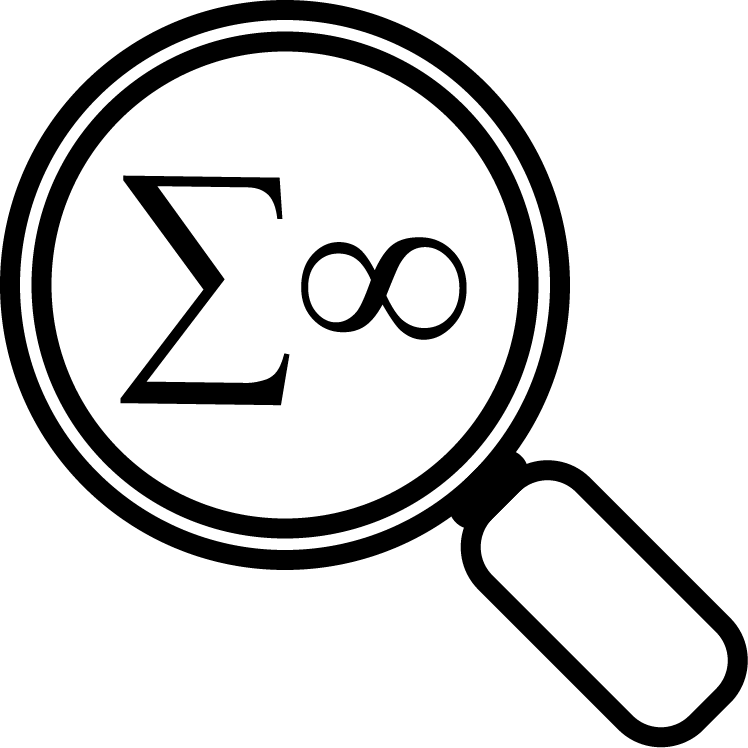Animals may act to reduce their own fitness if the act has a big benefit to relatives
Background
Under natural selection as described by Darwin, animals should strive to have as great a reproductive success (‘fitness’) as possible. Widespread instances of individuals deliberately reducing their own fitness are a challenge to Darwin’s theory. An example that particularly worried Darwin was worker honeybees, which have lost the ability to reproduce themselves and work to help the queen have greater fitness. This does not seem to make sense, since all bees should try to maximise their own fitness. The same applies to many cases of animals that sacrifice themselves for others. J B Haldane was asked whether he would sacrifice his life for his brother said “No, but for two brothers, or four cousins”
Findings
For any pair of relatives, it is possible to calculate the average number of genes they would share. Full human sisters will on average share half their genes, because they each get half their genes from their mother, but a half that is not the same but similar, and the same from their father. Any gene that caused one of the sisters to help the other would be helping (with a half-chance) the copy of their gene in their sister. Therefore helpers (such as worker bees) benefit from the increased fitness of their relatives. The theory is named inclusive fitness, because in calculating fitness biologists include more than just the helper’s own fitness (‘direct fitness’): the fitness of any recipients of help (‘indirect fitness’).
Implications
Animals should evolve to help their relatives provided their own sacrifice isn’t too big and the benefit to the relative is big enough. The benefit however should be weighted by the relatedness. For full sisters, which are related by one half, the benefit should be twice as large as the cost of the sacrifice. This has become known as Hamilton’s rule. This theory seems to explain why sociality is common in bees, ants and wasps, because they have an unusual reproductive system that means females are more closely related to their own sisters than they are to their own daughters, meaning that worker bees do especially well from helping their mother produce new queens (sisters) comparing to producing new queens themselves (daughters).
Subject
Social behaviour
Subject Group
Zoology and Ecology
Keywords
sociality
eusociality
cooperation
altruism
Posted by
AndrewDHigginson
on Fri Oct 27 2017
Article ID
PK48MN5NZ
Details of original research article:
Hamilton WD. The genetical evolution of social behaviour I. Journal of Theoretical Biology . 1964;7: 1-16. View the Thread Network for this Finding
View the Thread Network for this Finding
Followed by:
Menopause evolved to avoid competition over resources with son’s mate
Posted by: AndrewDHigginson Posted Sat Aug 22 2020
Animals shield their families from a harsh world
Posted by: AndrewDHigginson Posted Mon Jul 16 2018
